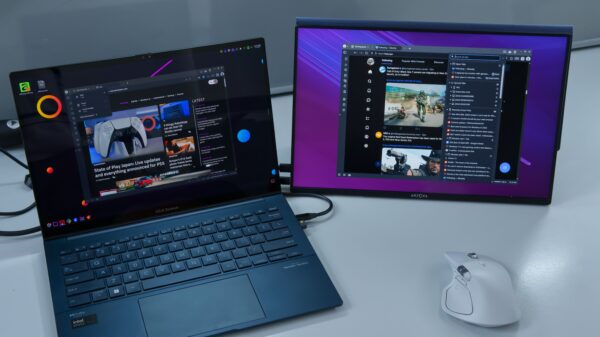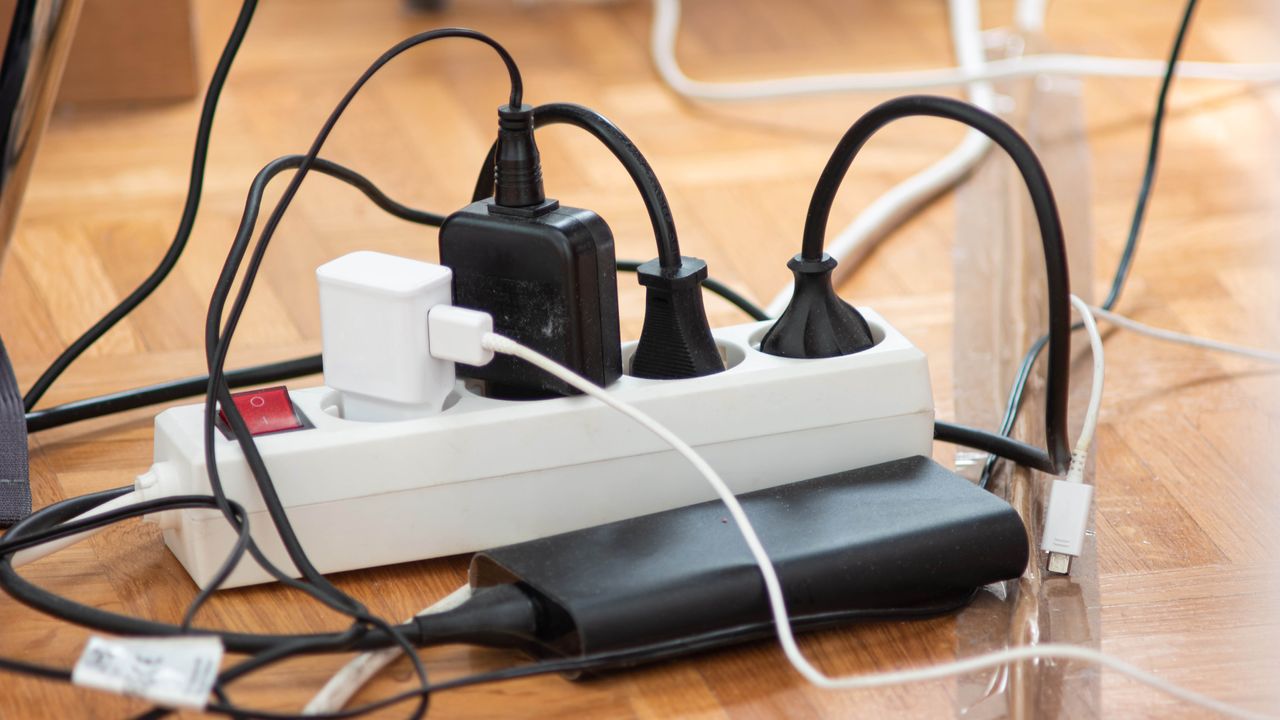As energy prices continue to rise, homeowners are increasingly seeking ways to reduce their bills. Experts estimate that households may be wasting up to $200 annually due to “phantom load” or “vampire power,” a term describing the electricity consumed by devices even when they are turned off. According to Lizzy Kolar, co-founder and CEO of Scope Zero, approximately 30% of the average home’s energy expenditure is attributed to space heating, but many overlook the energy lost through standby appliances.
Understanding Phantom Load
Phantom load refers to the energy consumed by electronics while in standby mode. Ryan Gregor, owner of RCG Electrical, emphasizes that this phenomenon can account for up to 10% of a household’s total energy use. The implications are significant, especially given that average electricity bills in the United States can exceed $150 monthly.
Moreover, Bidisha Nagaraj, global vice president at Schneider Electric, highlights that this ongoing standby current not only adds unnecessary costs but can also shorten the lifespan of electronics. “Unplugging devices helps both your wallet and your electronics’ longevity,” Nagaraj notes.
Identifying Energy Drains
To effectively combat these energy drains, homeowners can start by unplugging devices that commonly contribute to phantom loads. Brandon Young, CEO of Payless Power, suggests focusing on electronics with remote controls, digital clocks, or standby lights. Common culprits include televisions, gaming consoles, printers, and kitchen appliances like microwaves and coffee makers.
Even chargers for phones and laptops draw power when plugged in, even if they are not actively charging a device. The small cost of leaving a charger connected may seem negligible, but it can accumulate significantly when considering multiple devices.
Evaluating Sleep Mode
Homeowners may wonder if using “sleep mode” on devices is a more efficient alternative to turning them off completely. Young clarifies that while sleep mode does reduce energy consumption compared to full operation, it still utilizes power. He advises, “If you’re not planning to use a device for several hours or more, turning it off at the wall or unplugging it altogether is more efficient.”
For instance, cable boxes equipped with DVR capabilities can consume between 20-30 watts continuously, even when not actively in use. Over time, this continuous energy draw can constitute up to 15% of a household’s monthly energy bill.
Additional Energy-Saving Strategies
In addition to unplugging devices, households can implement various other energy-saving strategies. When purchasing new electronics, look for the Energy Star label, which indicates higher efficiency compared to standard models. Utilizing eco modes on appliances, upgrading to smart light bulbs, and installing smart plugs and thermostats can further enhance energy efficiency.
As households navigate rising energy costs and environmental concerns, understanding and addressing phantom loads offers a practical avenue for saving money and reducing energy consumption. By taking simple steps, homeowners can make a significant impact on both their finances and the environment.






































































